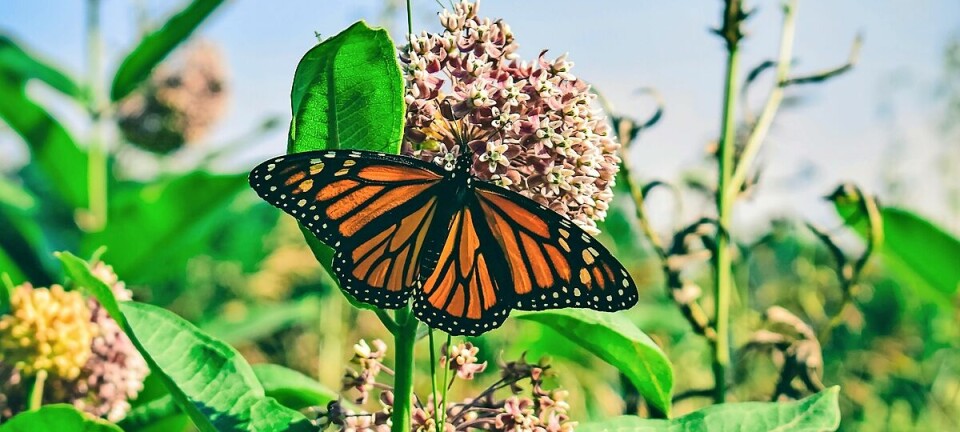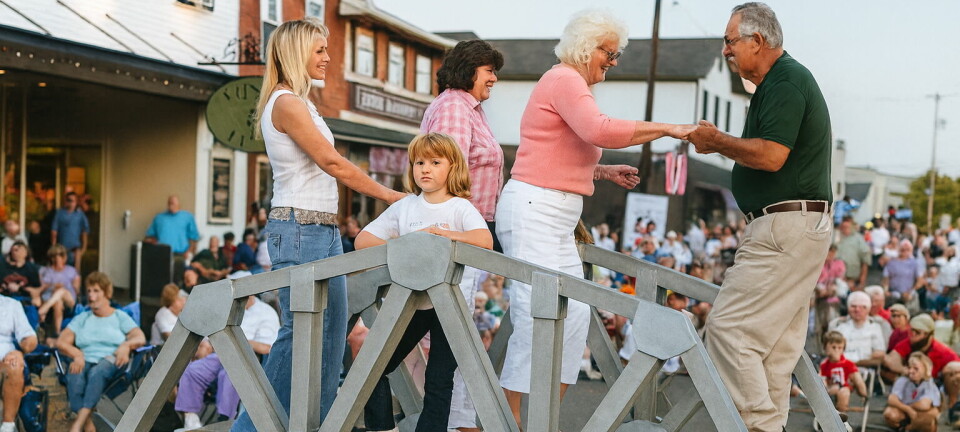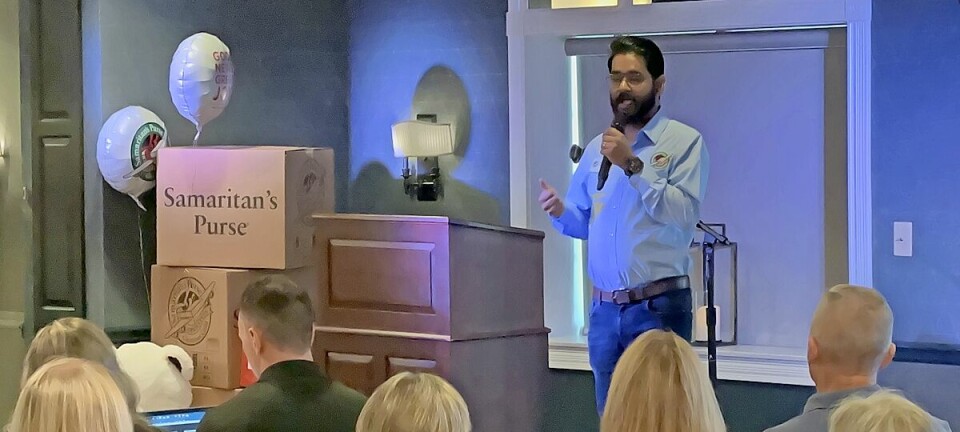Rain gardens can help with soggy lawns

Rain gardens have been growing in popularity over the past 10-15 years as a method of capturing and filtering storm-water runoff so it can infiltrate the ground. A new partnership between The Wilderness Center and Stark Soil and Water aims to teach homeowners how to install their own rain gardens on their property.
John Weedon, executive director for Stark Soil and Water, said his organization reached out to The Wilderness Center to explore the possibility of a partnership that would promote green infrastructure. “Often we see properties where homeowners have soggy backyards, are getting water runoff from their neighbors and are looking for solutions for what to do with that water,” he said.
Weedon explained green infrastructure as follows. “In the normal water cycle, rain falls onto the ground and comes down trees, soaking into the ground, producing very little storm-water runoff through the landscape. With development comes the introduction of hard surfaces such as pavement, sidewalks and patios. These prevent the water from infiltrating the landscape,” he said.
Weedon said green-infrastructure practices like rain gardens help by allowing the water to naturally infiltrate the soil.
Lynda Price is the Backyard Habitat lead at The Wilderness Center. Backyard Habitat is a new initiative consisting of educational programs, demonstration gardens and backyard certification to promote wildlife diversity and assist in the protection of bees, birds, butterflies and other wildlife.
Price said excess storm water can cause water ponding, erosion and bare ground in backyards.
Rain gardens are one solution to the problem for some people. Price credits Sarah Matheny from Stark Soil and Water with designing the rain garden plan for The Wilderness Center.
“They have the expertise, and we have the native Ohio plants,” Price said. “Because Stark Soil and Water is all about conserving soil and water, rain gardens are a large part of their mission. They needed a location for their demonstration gardens, and both organizations can use them for educational purposes, teaching people how to plant rain gardens on their own property.”
Two rain gardens will be installed at the center, one in the front of the building, which gets more sun, and one in back of the facility, where it is shadier.
Price said rain gardens must include specific types of plants able to survive both wet and dry weather. “The sun garden in front will use plants such as wild petunia, shooting star, wild hyacinth and marsh marigold. The shade garden will use plants like columbine, down skullcap, foam flower and wild geranium,” she said.
Price said all of the flowers used in the rain gardens are native to Ohio and can be purchased at The Wilderness Center.
The importance of using native plants
Price said using native plants supports the kind of wildlife that live in the area. “For instance, birds feed their young caterpillars,” she said. “So when we have non-native plants brought in from elsewhere, bugs don’t eat them. But the fewer non-native plants there are in a garden, the fewer bugs and caterpillars there are for the birds to eat. And we know birds are more successful raising their young in yards with native plants.”
The Wilderness Center and Stark Soil and Water will collaborate on rain garden and backyard habitat workshops throughout the summer. They will demonstrate the rain gardens on May 1 at The Wilderness Center from 10 a.m. to 1 p.m. Visitors also will be able to purchase native plants that day or can order them now online at www.wildernesscenter.org/native-plant-sale.
Price said the gardens will not be in by May 1, but visitors can return to observe the progress of the planting and blooming of the plants throughout the summer.

























